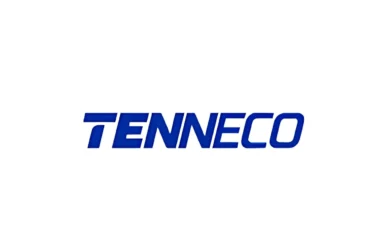Author: Neha Umesh Kamble
In recent years, India’s initial public offering (IPO) market has been booming, with SMEs accounting for a significant portion of this growth. Retail investors searching for the next growth story have taken notice of these small and medium companies (SME) offerings. However, what is an SME initial public offering (IPO), who can initiate one, and why are investors so interested?
Comprehending SME IPOs
A small or medium-sized company listing its shares on a stock exchange’s specialised SME platform is known as an SME IPO. These SME IPOs have their own segments, such as BSE SME and NSE SME, in addition to larger blue-chip companies listed on the main board of the Bombay Stock Exchange (BSE) and the National Stock Exchange (NSE).
Easy Concept: SME IPOs are a simpler concept associated with market awareness, with easy access for individual investors. They are often used to build a brand and enhance market visibility.
Qualifications for an SME IPO
Not all companies can pursue an SME IPO. Businesses must adhere to rules established by SEBI and the stock exchanges. Key eligibility criteria include:
- Company Type: Must be incorporated as a public limited company under the Companies Act.
- Capital Size: Post-issue paid-up capital must typically reach ₹25 crore.
- Track Record: Minimum of three years in business. If earlier registered as a partnership or LLP, the experience counts.
- Assets: At least ₹1.5 crore in tangible assets.
- Other Requirements: Must comply with disclosure norms, trade shares in demat form, and have an active website.
Before listing, companies must meet the comprehensive standards of platforms such as NSE Emerge and BSE SME.
Advantages of SME IPOs
- Simple Capital Access: SME IPOs allow businesses to raise funds for working capital, expansion, and new facilities. For example, Pace Digitek Ltd. and Ganesh Green Bharat Ltd. recently tapped into this route.
- Enhanced Brand Value: Listing on a stock exchange builds credibility. Transparency attracts trust from suppliers, banks, and customers.
- Investor Exit Route: Early investors, such as venture funds or angel investors, can partially exit via Offer for Sale (OFS) in SME IPOs.
- Stepping Stone to Main Board: Many SMEs eventually migrate to the main board of NSE or BSE for greater liquidity and investor participation.
Appealing Returns
Recent SME IPOs like Varyaa Creations Ltd. and Synoptics Technologies Ltd. delivered strong subscription demand and listing gains in 2024–25, drawing more retail investors.
Risks Associated with SME IPOs
- Lower Liquidity: Shares are harder to trade compared to large-cap stocks.
- Higher Risk: Many SMEs are new entrants with limited financial history.
- Valuation Concerns: Some IPOs are aggressively priced, limiting profit potential.
- Volatility: Performance below expectations can trigger sharp corrections.
Reasons for the Rising Popularity of SME IPOs
Over the last few months, more than 25 SME IPOs across NSE Emerge and BSE SME collectively raised over ₹6,000 crore, as per exchange data. Growing awareness and investor education have fueled this surge. While the returns can be attractive, investors should always evaluate fundamentals before subscribing.
Last Word
SME IPOs have opened the capital markets to smaller companies that once struggled to raise funds. They offer investors early access to promising businesses, but with higher risks. As always, opportunity and risk go hand in hand.
For more information, visit the IPO Platform’s SME IPO List.
For IPO news, visit IPO Platform.
Disclaimer: This does not constitute investment advice. Stock market investments are subject to market risks. All information is a point of view and is for educational and informational use only. The author accepts no liability for any interpretation of articles or comments on this platform being used for actual investments.









